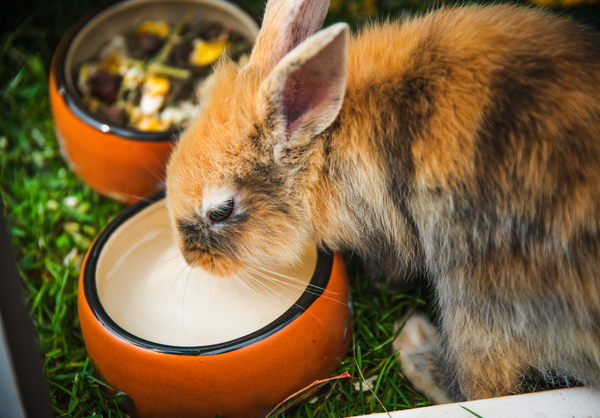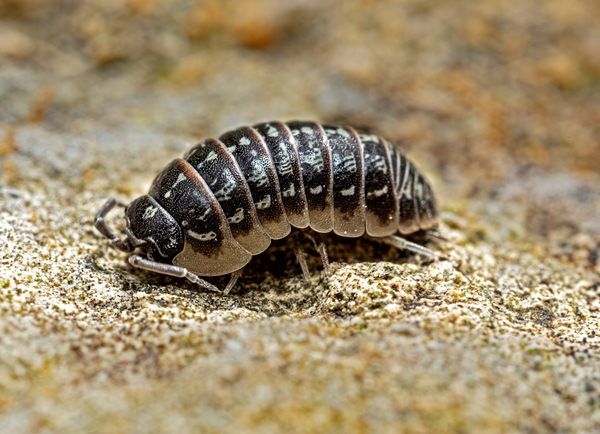Are you ready to venture into the enthralling world of tailless whip scorpions? These fascinating creatures captivate the imagination with their unique appearance and intriguing behavior. But ensuring they thrive in captivity requires some specialized knowledge. In this blog post, we'll guide you through the essential tips and tricks for keeping your tailless whip scorpion happy and healthy. By the end, you'll be equipped with practical advice to provide the best care possible for your arachnid friend.
1. Understanding Their Natural Habitat
Tailless whip scorpions, also known as Amblypygi, originate from tropical and subtropical regions around the world. They typically inhabit damp environments like caves, under logs, or in leaf litter. To replicate these conditions at home, maintain a humid environment with temperatures ranging from 70–85 degrees Fahrenheit. Use a hygrometer to monitor humidity levels, which should remain around 75% to 85%, ensuring you mist the enclosure regularly.
We suggest this hygrometer and this mister:
- Exo Terra Hygrometer or Combometer
- Exo Terra Misting Spray Bottle or other fine mist spray bottle
2. Setting Up the Ideal Enclosure
Creating a comfortable habitat is key to your scorpion's well-being. Choose a glass or plastic terrarium with adequate ventilation and a secure lid to prevent escapes. A 10-gallon tank generally suffices for one or two scorpions. Line the bottom with a substrate of coconut fiber or sphagnum moss to retain moisture. Incorporate cork bark, branches, and other arboreal hides to mimic their natural habitat and offer climbing opportunities, which tailless whip scorpions adore.
3. Feeding Your Tailless Whip Scorpion
These arachnids are carnivorous, feeding on small insects such as crickets, roaches, and mealworms. Offer appropriately sized prey that is no larger than the width of your scorpion's body. Feeding them once or twice a week is sufficient, but be sure to remove uneaten food to prevent mold and odor and ensure that you do not put in too many food items as crickets and many worm species can bite and cause damage to your friend. Supplement their diet with gut-loaded insects to ensure they receive essential nutrients.
4. Managing Health and Well-Being
Regular observation of your scorpion's behavior and appearance is necessary to catch any health issues early. Watch for signs of molting difficulties, such as incomplete molts or lethargy. Ensure that the enclosure humidity remains consistent, as improper levels can affect molting. Short periods of dryness however are beneficial to prevent any mold and unwanted guests such as mites making their way into the enclosure. They do experience a wet and dry season in the wild so slight seasonal variation in humidity is beneficial. Keep an eye out for any injuries or mites, and consult an exotic pet veterinarian if any concerns arise.
5. Handling and Interaction
While tailless whip scorpions are generally harmless to humans, they are delicate creatures that prefer minimal handling. If you wish to interact with your tailless whip scorpion, do so gently and infrequently. Use a soft brush or cup to coax them onto your hand, but always handle them close to the ground to prevent falls. Remember to wash your hands before and after handling to avoid transferring any substances that might be harmful.
6. Lifespan and Growth
Understanding the lifespan of your arachnid will help you plan for their care. Typically, Tailless Whip Scorpions live for 7–10 years, though this can vary based on diet, habitat, and overall quality of care.
Conclusion
Cultivating a thriving environment for your tailless whip scorpion requires attention to detail and dedication to their specific needs. By following these guidelines, you can create a habitat that fosters their health and longevity. Take the leap into the world of arachnid care and discover the joys of keeping these enigmatic creatures. Share your experiences and tips with fellow enthusiasts, and don't hesitate to reach out to the community with any questions!




